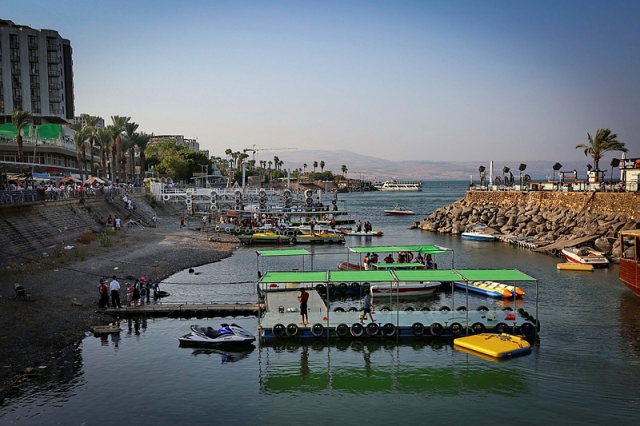Israel is facing another year without sufficient rainfall. With advanced technology, however, water programs to make up for the loss.
By: JNS.org
Israel’s Meteorological Service has forecasted that the country should anticipate insufficient rainfall this winter.
The Israeli prediction—which is based upon assessments of December’s weather forecast as well as European weather models—comes as the Sea of Galilee (also known as the Kinneret), Israel’s largest freshwater lake and a primary water source, approaches a historically low water level.
Based upon weather models used by the European Center for Medium-Range Weather Forecasts, the Jewish state has a 64.7-percent chance of insufficient rainfall during the country’s primary rainy season of December through February.
Israel’s Water Authority warned in October that the Sea of Galilee is critically low and in danger of reaching its “lowest level ever recorded.” As of that month, the sea was 703 feet below sea level, just a few feet above the historical low of 705 below sea level measured in 2001—beneath the water source’s so-called “black line.”
When water levels in the Sea of Galilee cross below the black line, severe ecological complications can irreversibly contaminate the water and disrupt the lake’s fragile ecosystem.
The situation in the Sea of Galilee has deteriorated in recent years as Israel’s north faces an ongoing drought. Israel has invested substantially in water conservation, reclamation and desalination technologies, allowing the Jewish state to significantly reduce its use of water from the Sea of Galilee.



